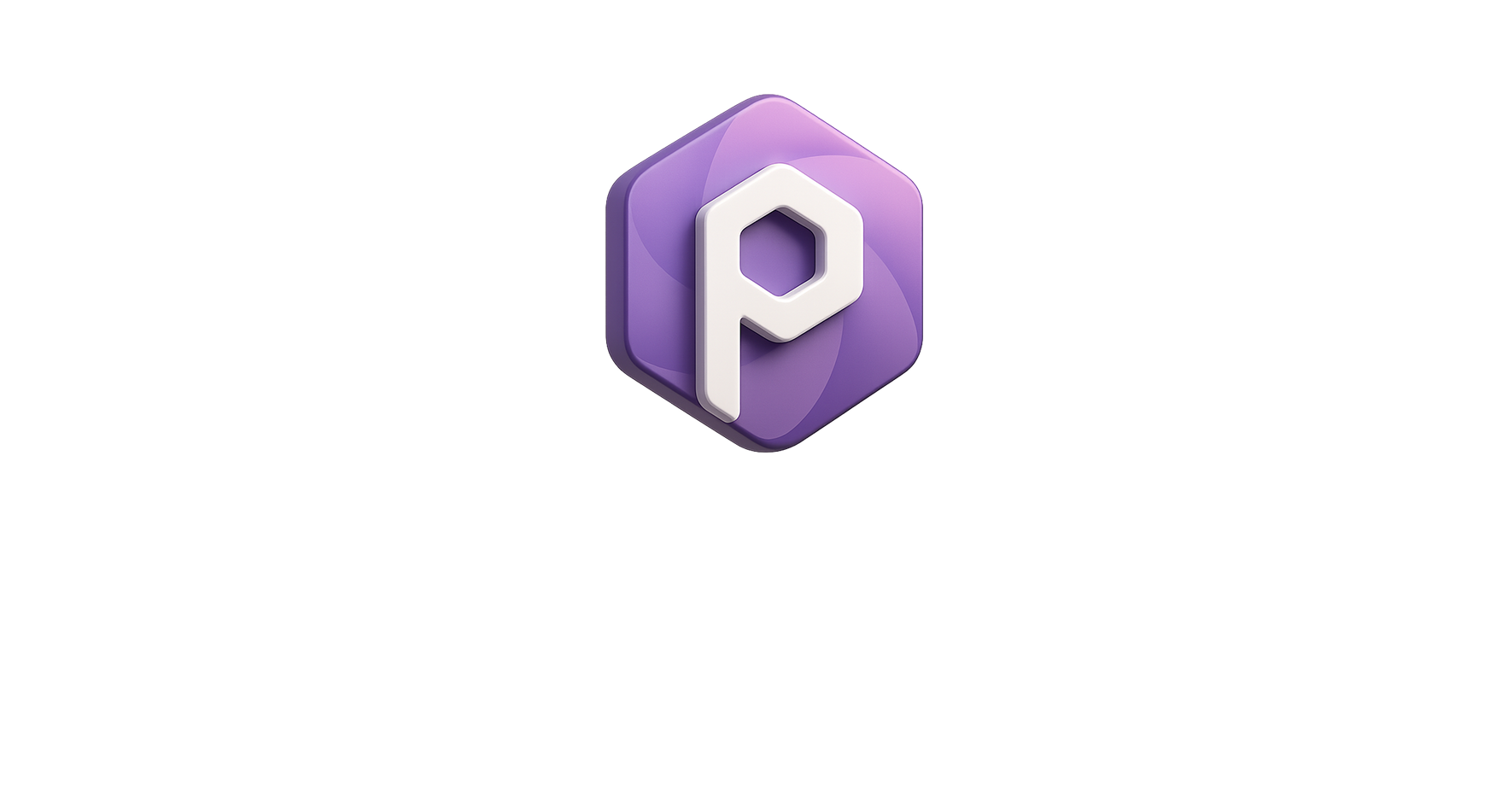How AI Enhances Transparency in Sourcing and Bidding
Introduction
In the world of procurement, transparency plays a crucial role in fostering trust between buyers and suppliers. With traditional methods, sourcing and bidding can sometimes be opaque, leading to inefficiencies, misunderstandings, and even unethical practices. However, the advent of Artificial Intelligence (AI) in procurement processes is dramatically changing the landscape. AI-driven tools are helping to create more transparent, fair, and competitive bidding environments, ensuring that all stakeholders are on equal footing.
In this article, we will explore how AI is enhancing transparency in sourcing and bidding and how businesses can harness this technology to improve procurement processes.
1. Real-Time Data Analysis for Improved Decision-Making 📊
AI-powered tools can process vast amounts of data in real time, providing procurement teams with immediate insights into market trends, supplier performance, and pricing dynamics. This level of transparency allows businesses to make more informed decisions when sourcing materials, selecting suppliers, and determining optimal bidding strategies.
Tip: Use AI tools that aggregate historical and real-time data to provide a comprehensive overview of supplier performance and pricing trends to make better-informed sourcing decisions.
2. Eliminating Bias in Supplier Selection 🤝
One of the biggest challenges in traditional procurement processes is the potential for bias when selecting suppliers. Whether due to subjective preferences or a lack of clear metrics, procurement decisions can sometimes be skewed. AI can help remove this bias by utilizing algorithms that objectively evaluate suppliers based on predefined criteria such as price, quality, delivery time, and past performance.
Tip: Leverage AI-driven platforms that provide objective, data-driven insights on supplier performance to help eliminate bias in the selection process.
3. Increased Bid Visibility for Suppliers and Buyers 🔍
AI enhances the transparency of the bidding process by providing both buyers and suppliers with clear visibility into the entire process. Through AI platforms, suppliers can access real-time information on their bids, including the status of their submissions, the bids of competing suppliers, and any changes made during the process. This level of visibility ensures that both sides can make well-informed decisions and trust that the process is fair.
Tip: Choose AI-powered procurement platforms that offer real-time bidding dashboards for both buyers and suppliers, promoting transparency and enhancing decision-making on both sides.
4. Automated and Transparent Evaluation of Bids 💼
AI can significantly streamline and automate the bid evaluation process, ensuring that every bid is evaluated against the same criteria in a transparent manner. With traditional methods, the evaluation process can be lengthy and prone to human error. AI, however, uses machine learning algorithms to assess bids quickly and consistently, enabling procurement teams to evaluate bids based on objective data such as cost, quality, and vendor performance.
Tip: Implement AI-powered bid evaluation tools that automatically assess bids against established criteria, reducing the chances of subjective judgment and ensuring transparency in the procurement process.
5. Enhancing Supplier Collaboration and Communication 🤝💬
AI-powered tools not only improve transparency during the bidding process but also enhance communication and collaboration between buyers and suppliers throughout the procurement lifecycle. These tools enable real-time updates, data sharing, and direct communication channels, ensuring that all parties are on the same page at every stage.
Tip: Utilize AI platforms that include communication features, such as real-time messaging and document sharing, to facilitate smoother collaboration between buyers and suppliers.
6. Risk Management and Predictive Analytics 🔮
AI tools also help to manage risks by identifying potential issues before they occur. Predictive analytics models powered by AI can forecast potential disruptions in the supply chain, such as delays, quality issues, or financial instability of suppliers. By proactively addressing these risks, procurement teams can ensure greater transparency and maintain a stable supply chain.
Tip: Adopt AI-powered risk management tools that use historical and real-time data to forecast potential risks in the supply chain, helping you stay ahead of challenges.
7. Continuous Improvement through Data Analytics 📉
AI-driven analytics platforms continually learn from historical procurement data, improving their ability to predict trends and offer insights over time. As these systems become more advanced, they can suggest improvements to the sourcing and bidding processes, enhancing transparency by providing actionable insights for better decision-making.
Tip: Invest in AI-powered procurement platforms that offer continuous learning and insights, ensuring ongoing improvements and enhanced transparency in sourcing and bidding.
Final Thoughts
AI is transforming sourcing and bidding by increasing transparency, ensuring fairness, and fostering stronger supplier relationships. Through real-time data analysis, automated bid evaluations, and enhanced communication, AI ensures that both buyers and suppliers are operating in a transparent and equitable environment. For businesses seeking to optimize their procurement strategies, embracing AI-powered tools and platforms is key to staying ahead in a competitive marketplace.
To make the most of AI in procurement, businesses can explore platforms like Procurpal, which provide AI-driven solutions to optimize sourcing, bidding, and supplier management for greater efficiency and transparency.




Leave a Reply